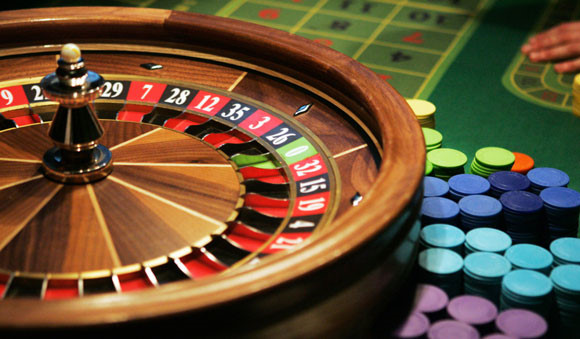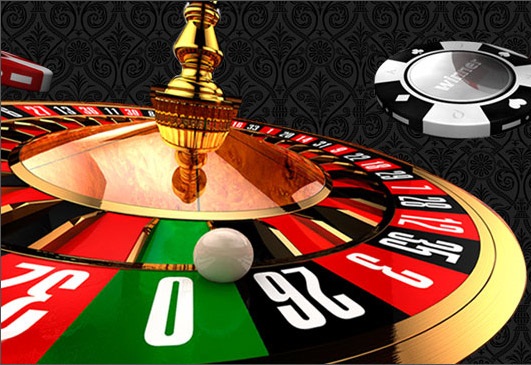As there is no such thing as a physically perfect roulette wheel, the biased wheel player seeks to detect defects by writing down the roulette numbers as they occur to determine whether certain numbers are coming up with greater than expected regularity.


The best daily bonuses on the internet
Our score:  (4.3 / 5)
(4.3 / 5)

Welcome Bonus
Our score:  (4.2 / 5)
(4.2 / 5)

Welcome Bonus
Our score:  (4.2 / 5)
(4.2 / 5)

Bonus Code: 400BONUS
Our score:  (4.2 / 5)
(4.2 / 5)

Bonus Code: 400BONUS
Our score:  (4.2 / 5)
(4.2 / 5)
While casinos use and discard cards and dice daily, roulette wheels cost as much as an automobile and so are used for long periods of time. Over time, a minority of wheels will exhibit enough wear and tear such that they no longer produce random results, but rather become biased in favor of certain numbers or groups of numbers. By clocking enough numbers this bias can be detected, and if the bias is strong enough, a player, by wagering the number or numbers with a greater probability of occurring, can win substantial amounts of money.
How much of an advantage can be gained by finding a biased wheel? The table below shows the frequency of a given number and the mathematical advantage possible on a biased wheel.

This table shows the player's percent advantage on a biased wheel, whether American or French, with a payoff of 35 to 1.
| Frequency | Percent Advantage | |
| 38 | -5.26% | unbiased double- zero wheel |
| 37 | -2.7% | unbiased single-zero wheel |
| 36 | 0.00% | |
| 35 | 2.86% | |
| 34 | 5.88% | |
| 33 | 9.09% | |
| 32 | 12.50% | |
| 31 | 16.13% | |
| 30 | 20.00% | |
| 29 | 24.14% | |
| 28 | 28.57% | |
| 25 | 44.00% | |
| 23 | 56.52% | |
| 20 | 80.00% |
Using the table, we can see that on an ordinary double-zero American wheel with no bias a number will show on an average frequency of every 38 spins, and with the payoff of 35 to 1 (which is the same as 36 for 1), the casino advantage over the player is 5.26%.